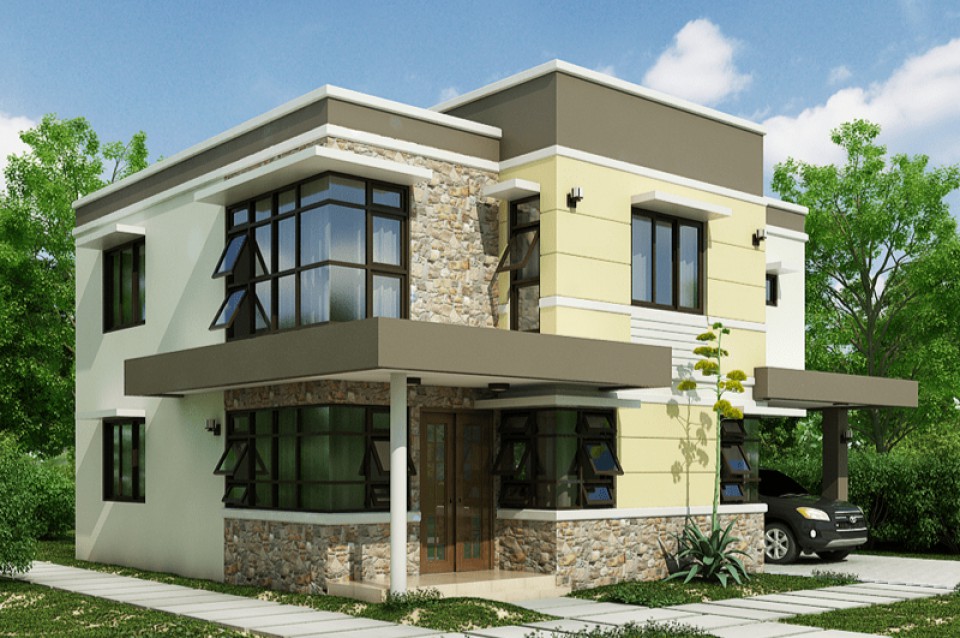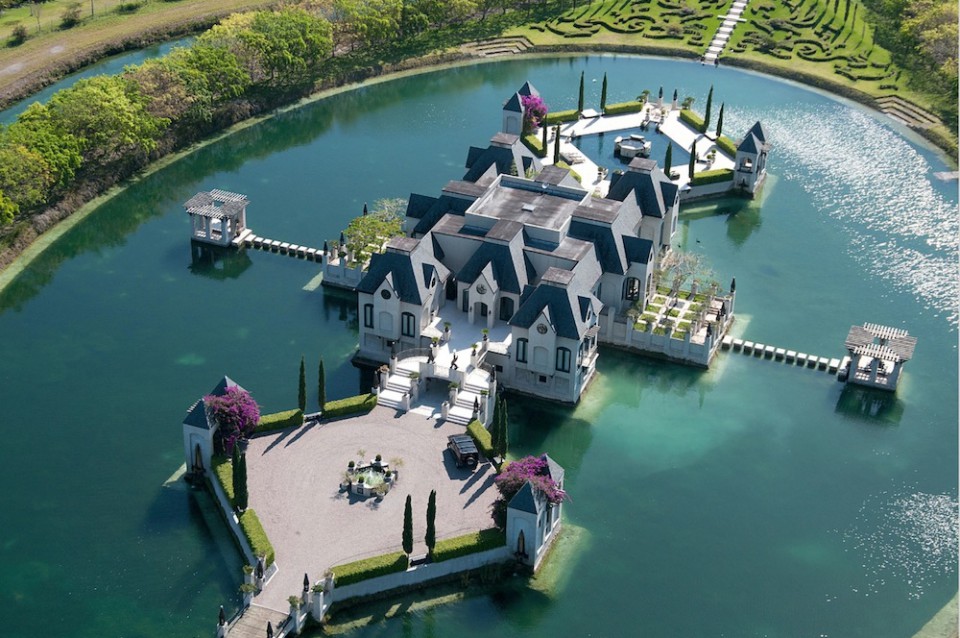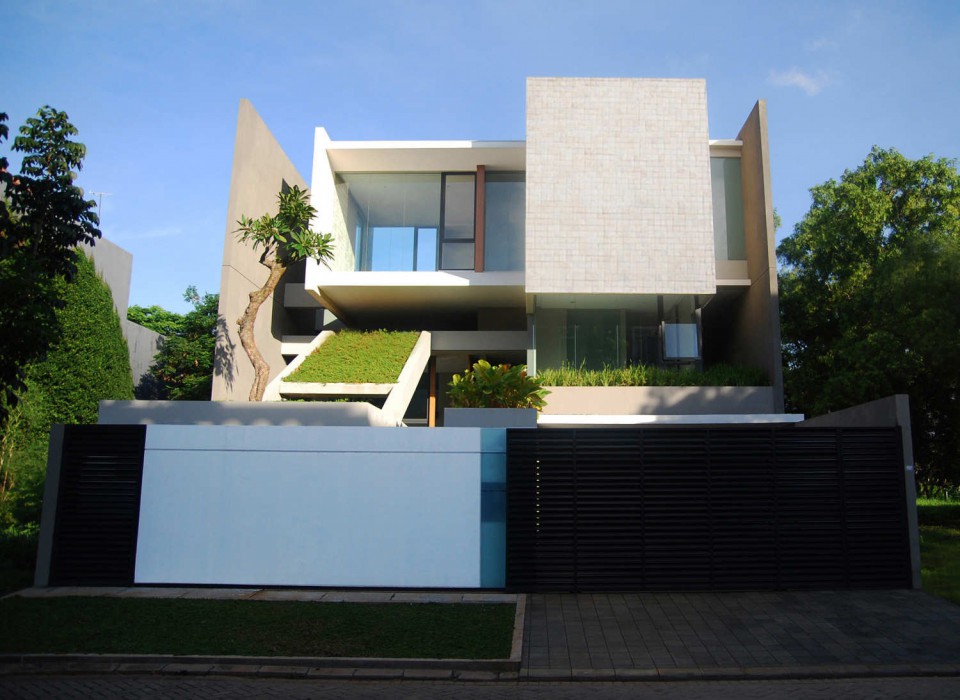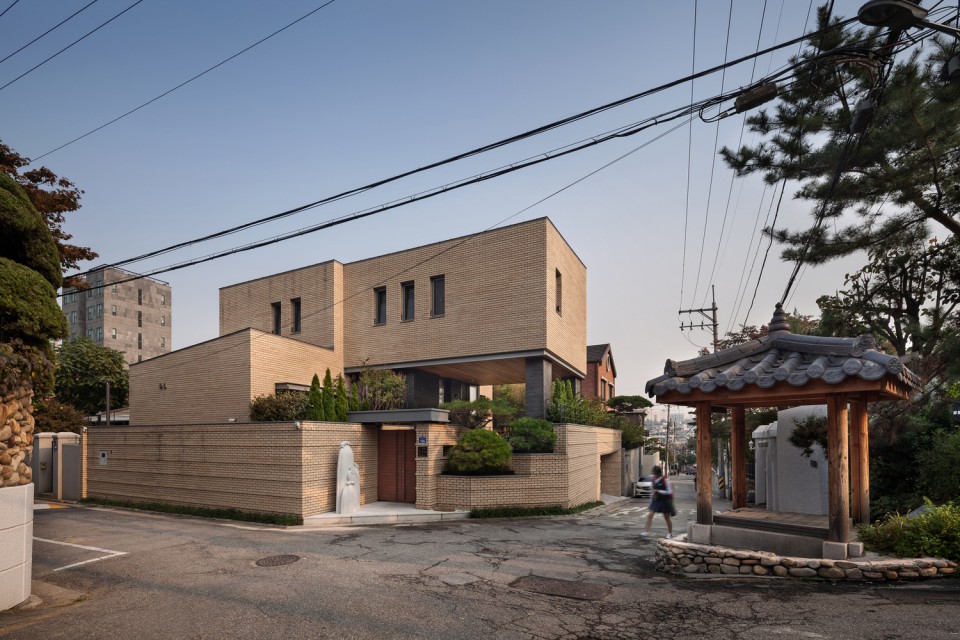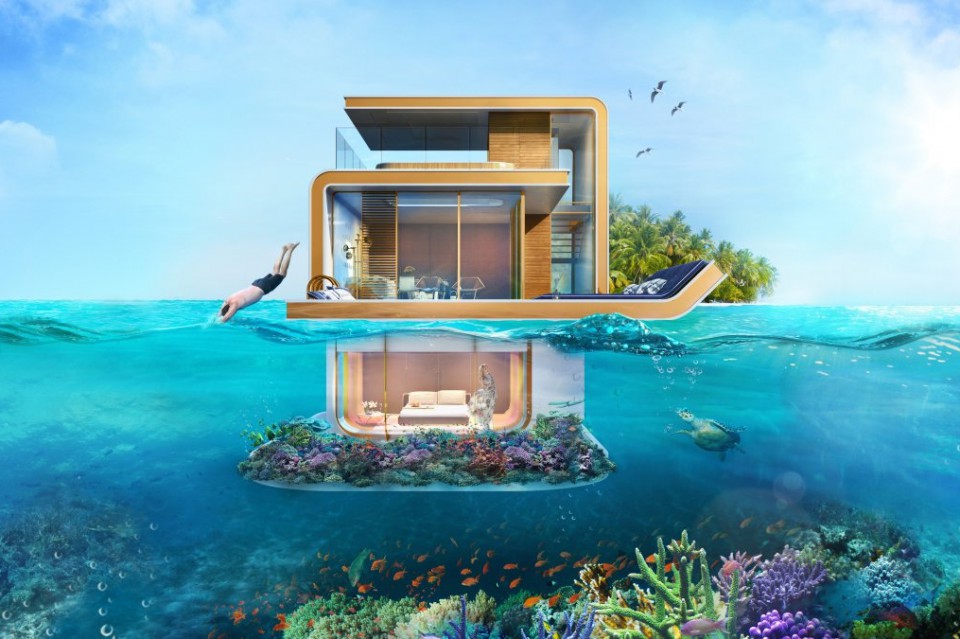Growing House, a Comfortable Housing Concept in Limited Urban Space
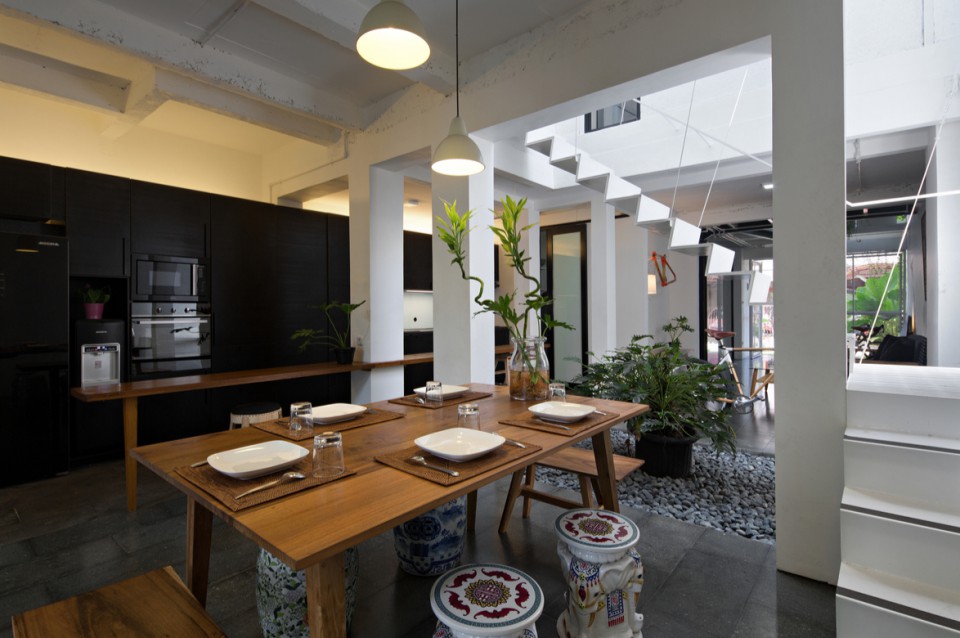
Due to the rapid population growth in Indonesia, land for housing and public facilities is becoming increasingly scarce over time. Whether for residential or public purposes, with limited land availability, architects need to come up with various ideas to meet the needs in relatively small areas.
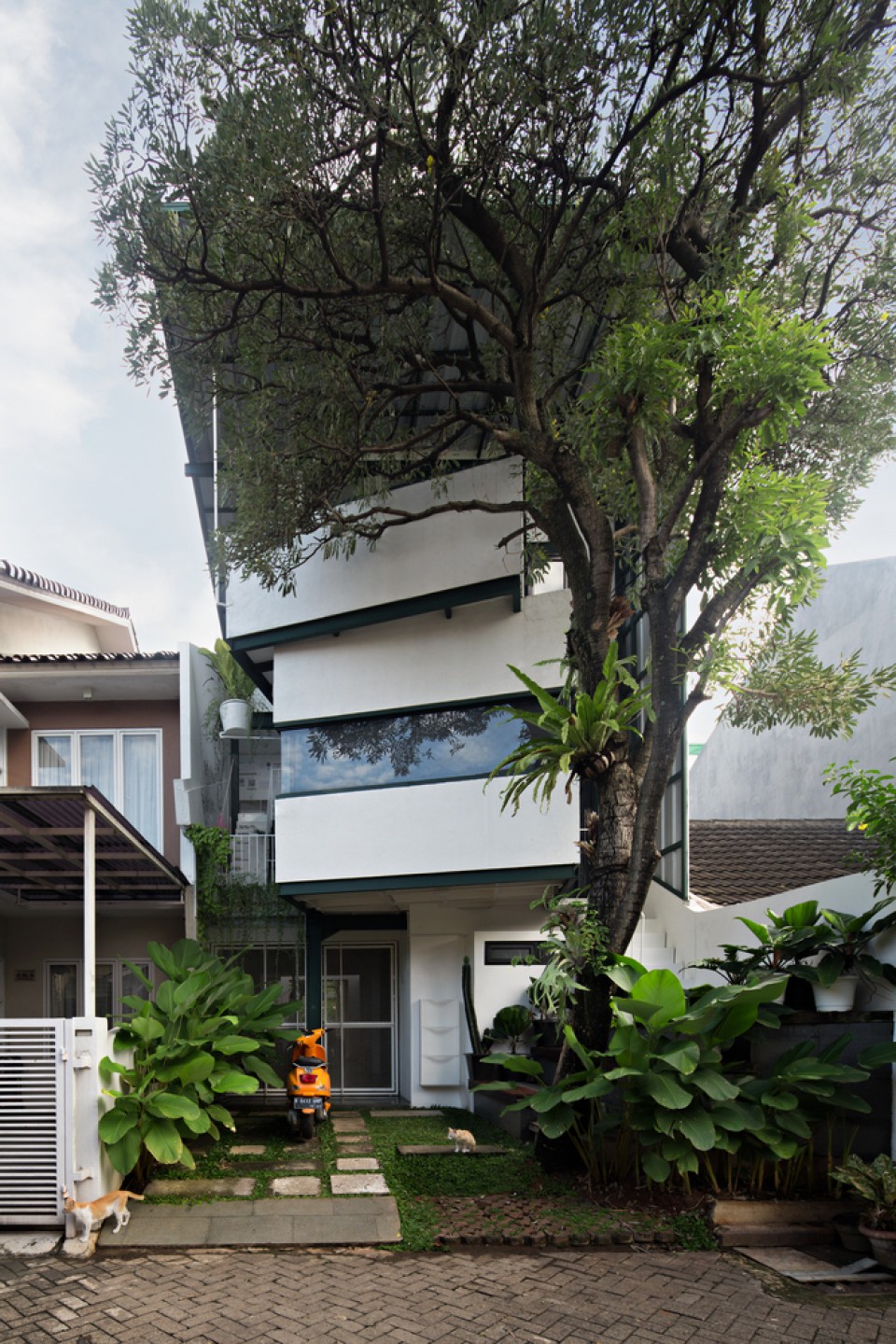
One of the ideas to address the issue of limited land and the need for housing is to design growing houses. With this concept, homeowners or tenants can expand their homes on their own terms. The expansion can be done at any time, adjusted to social, economic, or environmental conditions. The concept of a growing house aims not to destroy the existing building but to develop it further.
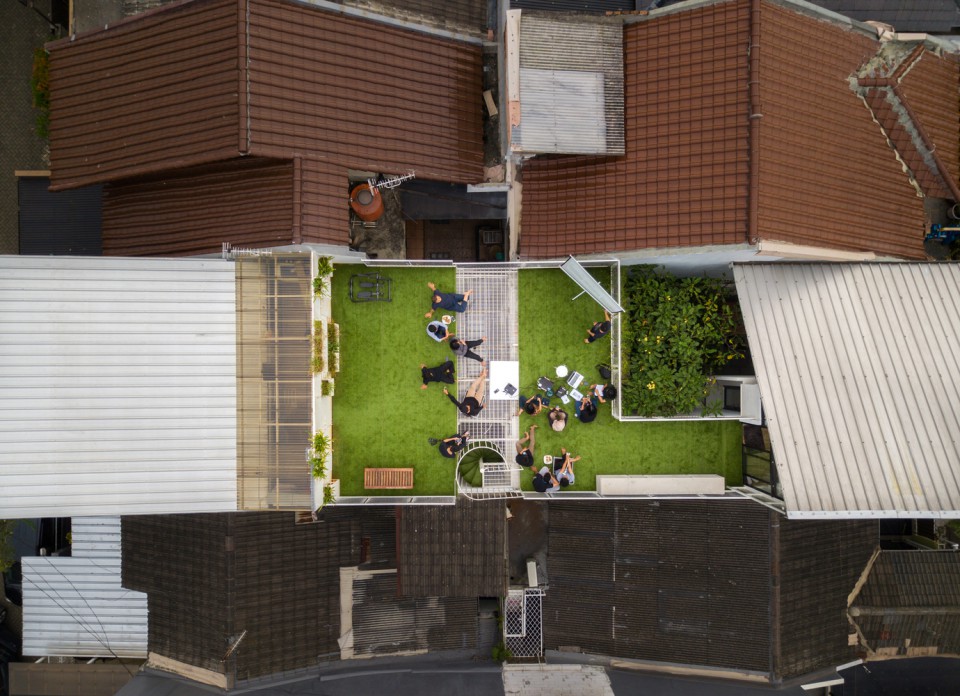
An example of a growing house in Indonesia is the "Rumah Gerbong" located in Pesanggrahan. This residence is designed to be expandable according to needs. Built on a 180 square meter land, it features an elongated and multi-story design, making it stand out from other nearby houses. Designed by Studio SA_e, this house is unique not only in its exterior but also in its interior.
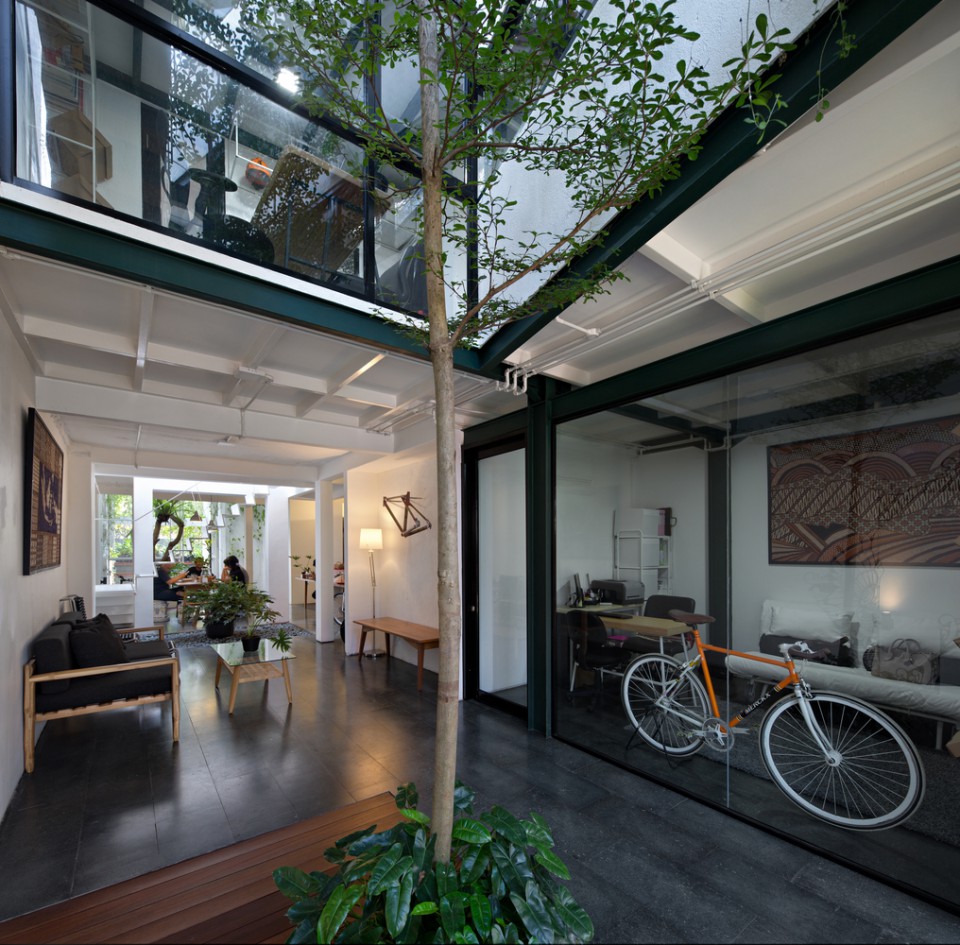
Designing a growing house leads to several developments in the building. The first noticeable changes are in its form, aesthetics, and functionality. Other developments include social, economic, and status changes in the neighborhood due to alterations in the house's structure.
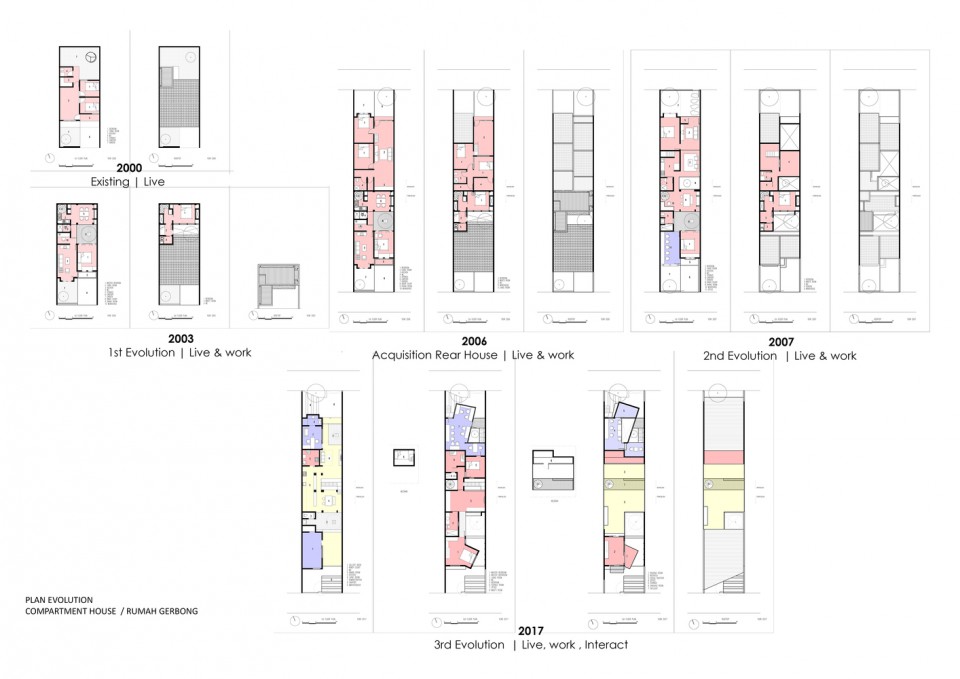
This particular house can be considered to have evolved or transformed five times since 2000. In 2000, the house had a land area of only 90 square meters, with 36 square meters used for building the house. The owners purchased a house suitable for a newlywed couple's needs and budget at that time.
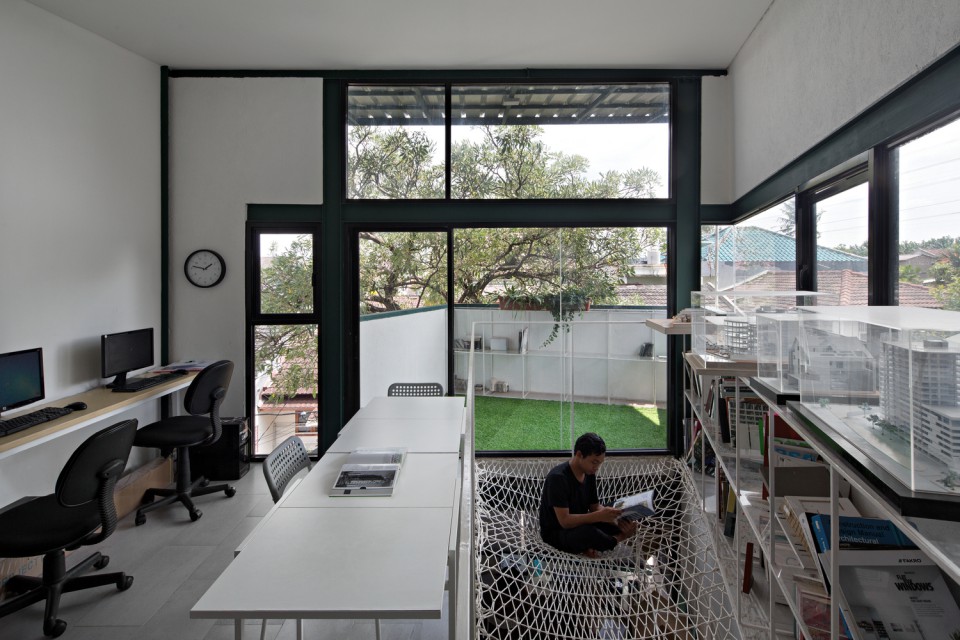
As time went on, social and economic changes occurred within the couple. In 2003, the birth of their child prompted adjustments to their home. The inhabitant, who is an architect, began to expand his business within the house, resulting in additional space and a change in the original residential function to include a workspace.

Additional floors were added to the house, transforming it from a single-story residence into a two-story structure. Changes weren't limited to the exterior; there were also interior renovations aimed at separating private and public areas, and a garden was added inside the house.
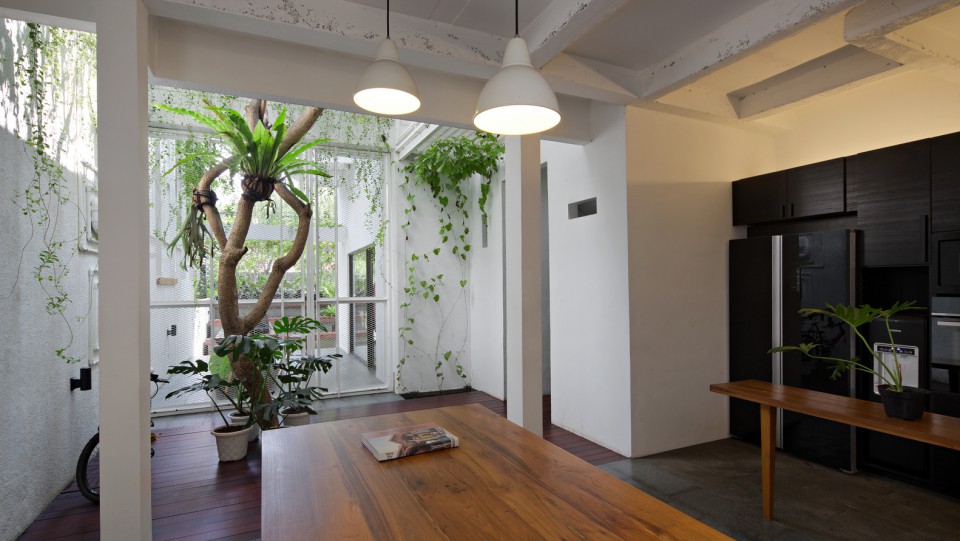
Between 2003 and 2006, social and environmental changes continued. Their neighbors, whose house bordered directly with the back of their property, decided to sell. With a stable economy, the couple purchased the neighboring house, allowing the residence to expand further to the rear. With added land and space, the house felt more spacious, and the boundaries between private and public areas became more distinct.
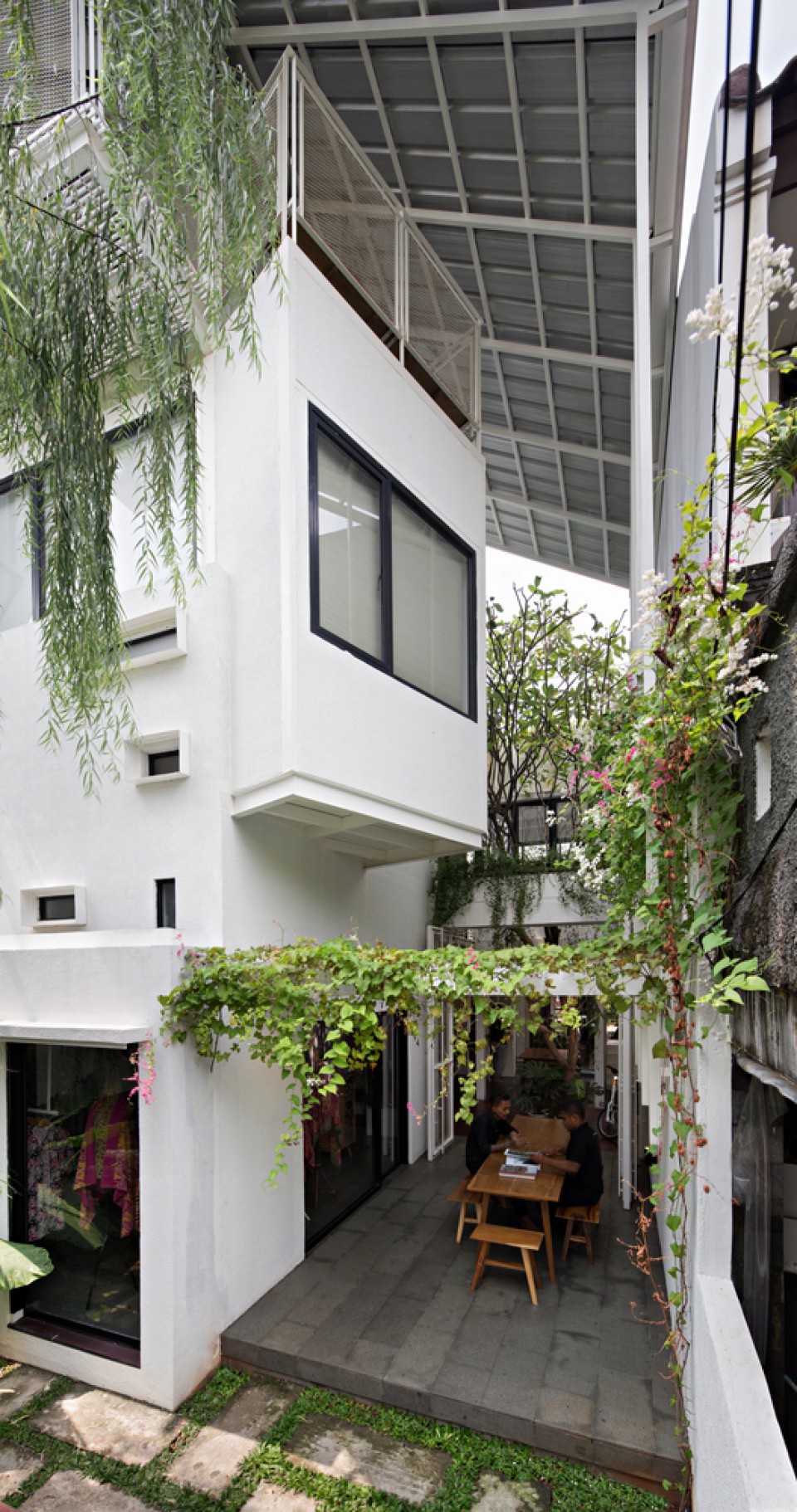
By 2007, the two neighboring buildings were connected, featuring clear circulation areas and room renovations. A void was created, serving as an inner court. With this open space inside the house, it became cooler, and airflow and light could enter from the top floor to the lowest level of the house.
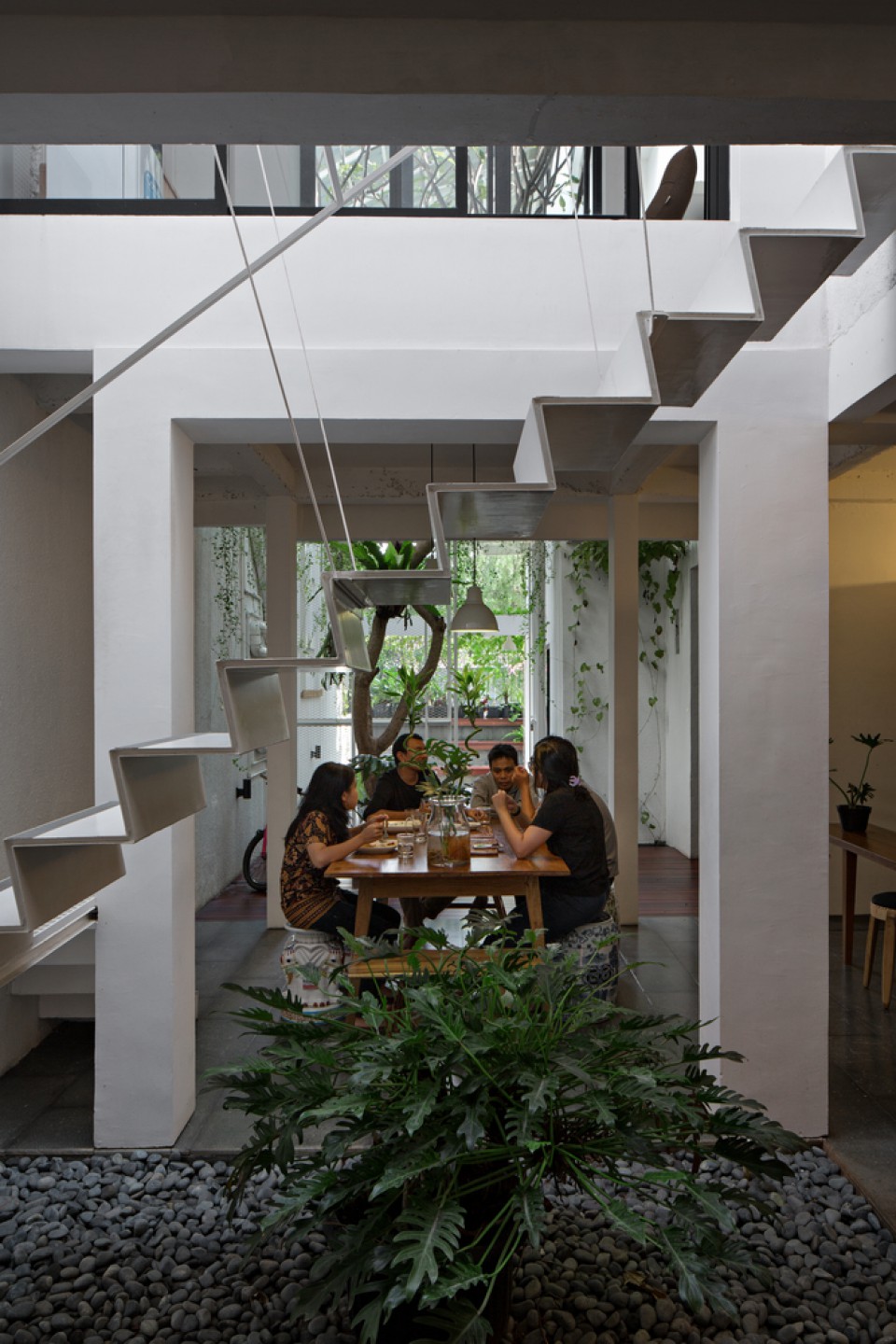
At this stage, the house was divided into three zones: living space, office and business area, and open interaction areas. Although work was done inside the house, it was crucial to create comfortable spaces for family interactions.

The peak of the growing house's development occurred in 2017. During this year, the house was uniquely designed with distinctive front and rear exteriors. It evolved from its original square shape to include cantilevered floors on the second level, making its floor plan and appearance more beautiful.
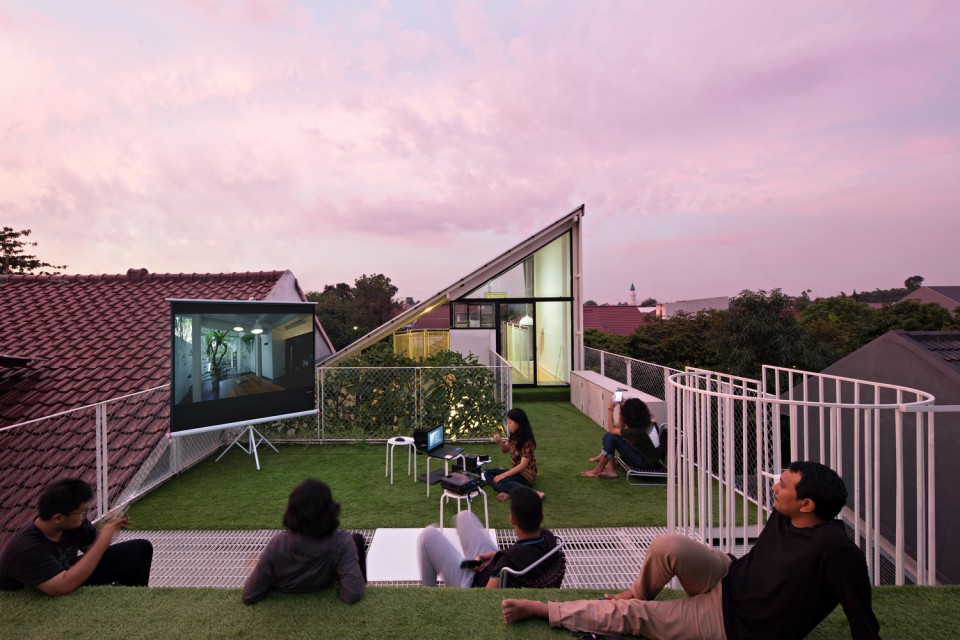
In addition to providing a comfortable family space, as this building also serves as a workplace, it must offer comfort and interaction areas for its employees. Thus, a green roof was designed, which serves as a relaxation area, gathering space, and even a place for group activities at night. It is unique and enjoyable.
source: archdaily


